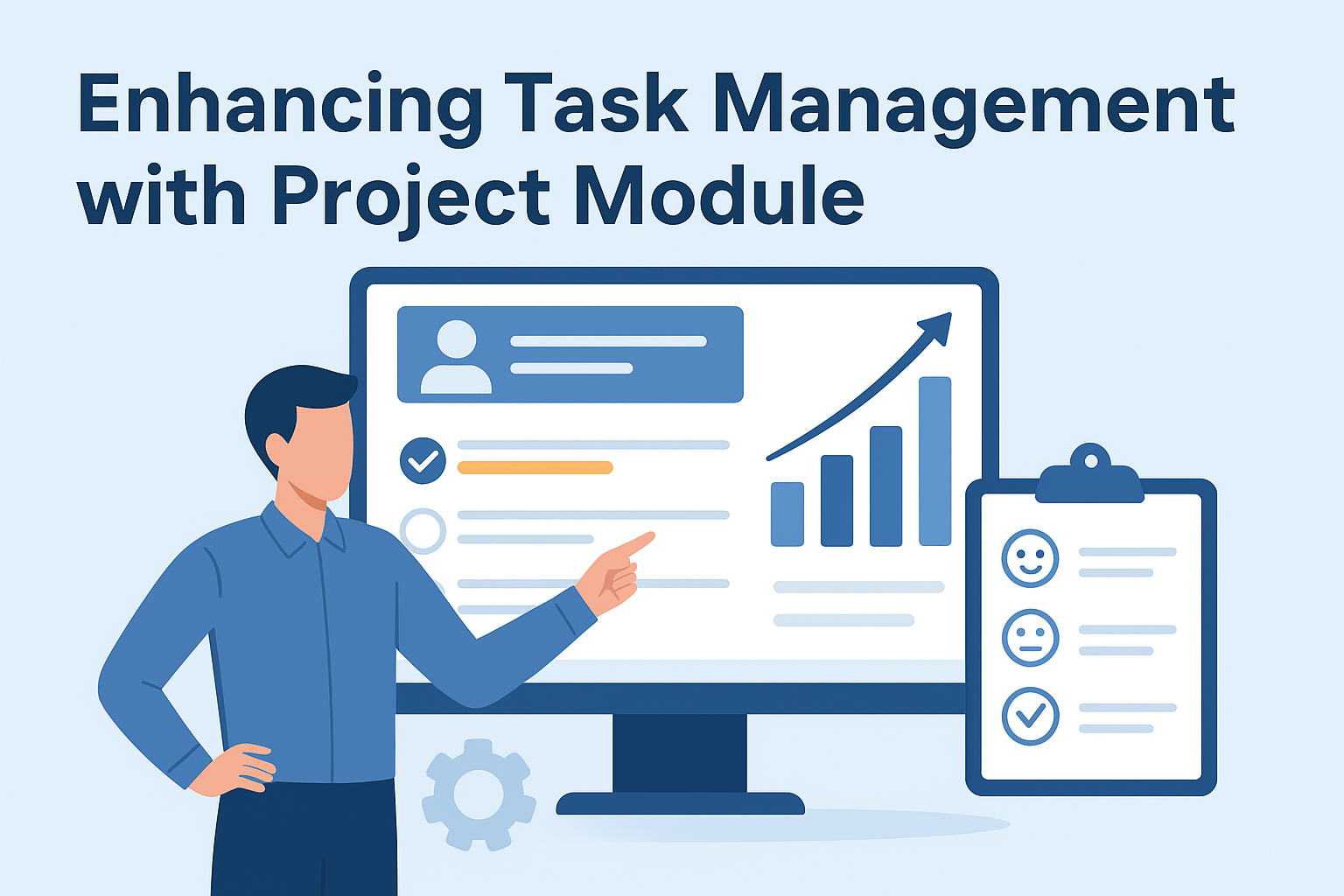Manufacturing downtime can severely affect a business’s productivity, customer satisfaction, and overall profitability. Whether planned for maintenance or unexpected due to machinery breakdown, every minute of downtime in a production facility can lead to lost revenue. Enterprise Resource Planning (ERP) software is a powerful tool that helps manufacturers reduce downtime, streamline operations, and enhance efficiency. Here’s how ERP systems can significantly cut down on manufacturing downtime.

5 Ways ERP Reduces Manufacturing Downtime
1. Predictive Maintenance and Equipment Monitoring
ERP systems are integrated with predictive maintenance modules that use data from sensors and machines to anticipate potential equipment failures before they happen. By analyzing this data in real-time, the ERP system can alert the maintenance team when specific machines show signs of wear or malfunction, allowing them to schedule maintenance during non-peak hours. This predictive approach ensures that machinery is always running optimally and reduces unexpected breakdowns that can halt production.
2. Efficient Scheduling and Planning
One of the core functions of an ERP system is its ability to optimize production schedules. By coordinating materials, labor, and machinery availability, ERP ensures that all the necessary resources are in place when production is scheduled. This minimizes idle time caused by delays in material supply or lack of workforce. ERP systems also offer detailed insights into which parts of the production line are most susceptible to delays, allowing companies to adjust their schedules proactively.
3. Enhanced Supply Chain Management
Manufacturing downtime often occurs due to delays or disruptions in the supply chain. ERP systems offer real-time visibility into the supply chain, enabling manufacturers to monitor inventory levels, track shipments, and manage supplier relationships. This transparency allows businesses to respond quickly to potential disruptions and avoid downtime caused by stock shortages or delayed deliveries. With an ERP system, manufacturers can better anticipate demand, manage inventory efficiently, and ensure that materials are available when needed.
4. Real-Time Data for Quick Decision Making
ERP systems provide real-time data across all functions of the manufacturing process, from procurement to production. This enables plant managers and supervisors to make informed decisions on the spot. If a problem arises in one part of the production line, an ERP system can help decision-makers identify the issue and act immediately, preventing small issues from escalating into larger ones that could result in prolonged downtime. The system also generates detailed reports that can be used to improve future production cycles.
5. Resource Allocation and Workforce Management
Downtime can result from inefficient resource allocation and poor workforce management. ERP systems help manufacturers manage their workforce more effectively by tracking employee availability, skill sets, and performance in real time. This ensures that the right personnel are allocated to the right tasks, reducing bottlenecks and ensuring production runs smoothly. Additionally, ERP systems can monitor labor costs and track productivity, providing insights to help optimize workforce efficiency and prevent unnecessary downtime.
Conclusion
Reducing manufacturing downtime is essential for maintaining a competitive edge in the industry. ERP systems play a crucial role by offering tools for predictive maintenance, efficient scheduling, real-time data access, better supply chain management, and resource optimization. By investing in a robust ERP system, manufacturers can not only minimize downtime but also increase productivity and improve their bottom line.
Incorporating ERP into your manufacturing operations will allow you to stay ahead of challenges and maintain continuous production flow, ultimately boosting efficiency and profitability.



